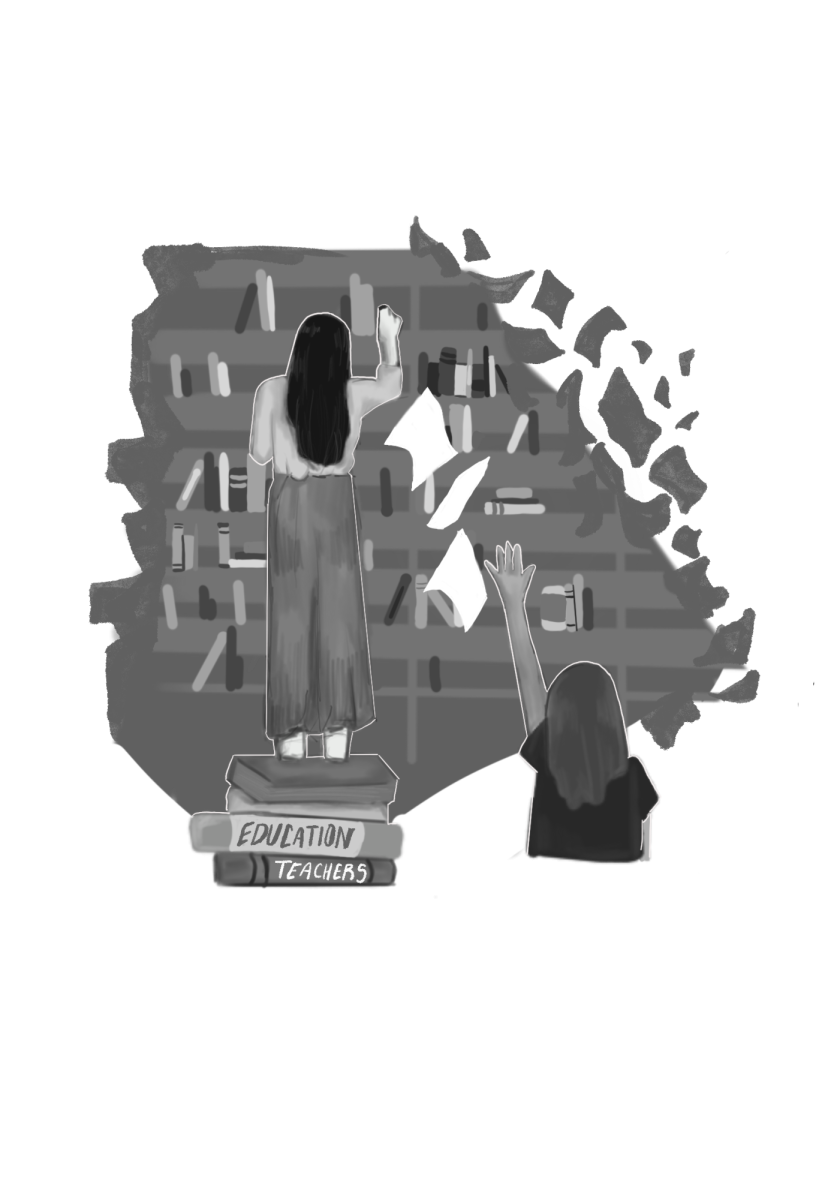U.S education system is both unfair in its classification and impractical in its method, negatively impacting students and the populace of the country in general. America has no standardized methods of education continent-wide, and there is no broad standard for what exactly teachers should teach or how they should teach – both of which can greatly impact student’s education, making the system ultimately arbitrary.
Differing standards do not allow students to be graded fairly when under American letter standards. According to an article by staff writer Lory Hough of Harvard Ed Magazine, students’ grades may not always represent their mastery in the subject as teachers weigh the scores of certain assignments differently. Students’ efforts are constantly undermined by the system and even if they are able to do well in a subject, their grade may not accurately reflect the quality of their work and intellect.
Furthermore, there is no consistent perspective among teachers. One teacher may read a paper and find it to be B-tier, while another teacher of the same subject can find it to be top quality. Individual teachers value work differently, not allowing students to truly discern the quality of individual pieces. Ultimately, this imbalance negatively affects students and their impression of their educational progress and quality as it fails to provide them with a set standard to aim for.
As the grading standards continue to negatively impact the students of America, they are also likely to leave a lasting impact on the country as a whole. According to an article by Jeff Ludovici, a national-level higher education consultant, the differing standards in high school follow students into university: the standards of high-level colleges in America continue to increase all the time, often rejecting students even with supposedly perfect grades, extracurriculars, GPAs, and all other popularly stated standards for said high-level colleges.
Yet, despite college promotions – promises to students that their hard work does mean something in the long run – schools are inevitably proven wrong. Continued failure and rejection – heartbreak from learning that everything they had dreamed of is simply not possible, leads many of these students to gain long-term mental health issues with performing under pressure.
High school is meant to prepare students not only for college, but for life. Students who choose to conform to expectations and pursue a degree and a job should be set up for this successfully. Students aren’t actually learning anything if one class challenges them and the other forces them to cram and focus on short-term memory, as researchers from the University of the People have noted in today’s students.
These long term and widespread effects affect students who eventually enter the workforce, thus spreading their influence to new territory. With a lack of encouragement to try new ideas in fear of failing and the rush to memorize subjects without actually learning them, students today are less likely to be innovative nor experiment with new ideas.
Ultimately, it appears that through the numerous down-sides of the current education system in place in America, it is time for educators to consider a change of pace. An article by The School of Education mentions that there are alternatives to the current rubric in place which have simply not been taken into consideration. From mastery-based education to self-assessment, the number of these alternatives seems almost endless, making it a curiosity as to why in the past roughly 130 years, there has been little to no effort to explore them.
The current standardized education system in America is as outdated as it is ineffective, meaning that it is important that different methods start to be considered, for both the future of education and the country as a whole.


